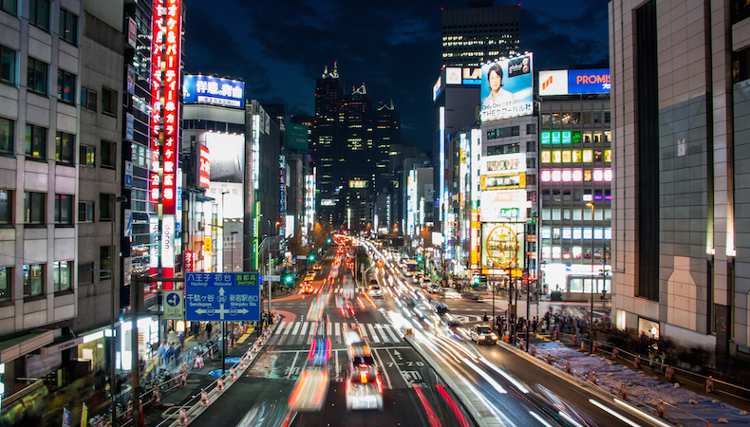Retail and inkjet to drive innovation in $42 billion printed signage market

Innovative technologies will become increasingly important as the world printed signage market evolves across the next five years, according to Smithers Pira.
Its new report – The Future of Printed Signage in an Electronic World to 2022 – analyses the key drivers shaping this segment. This shows that the global market for printed signage is worth $42.00 billion in 2017, and overall market value will increase only marginally, 0.1% CAGR for the five-year forecast period, to reach $42.13 billion in 2022 at constant prices.
The total volume of media printed for indoor and outdoor signage applications will grow slightly more across the same period, to 11.17 billion metres square in 2022, up from 10.80 billion metres square in 2017: a 0.7% CAGR.
Smithers Pira finds that: within the retail environment there are several trends that will directly impact the demand for printed signage in the future. Increased competition in supermarkets and other retail environments to drive sales around short-term promotions – such as Halloween and Valentine’s day – is creating a corresponding demand for signage and point-of-sale (PoS) media to engage the consumer and generate seasonally inspired or impulse purchases.
The arrival of online retail and a greater fluency with technology among consumers means that brands are increasingly looking to adopt omni-channel marketing approaches, integrating real-world and virtual media and data. This trend creates a useful link for sellers of traditional physical media into the online world, but poses new challenges, for example how to integrate QR codes into existing display graphics.
Both these trends aligns with the continued penetration of inkjet printing into signage work, where it can handle the demands of variable data print and short runs at quick turnaround. Inkjet remains the focus of the majority of future innovation for signage printing, further marginalising litho and screen presses into low-paying applications.
Wide-format inkjet printers have now settled on a fairly standard format. Evolutionary improvements in sizes, speeds, capabilities, price points, and media handling can be expected for 2017–2022 – for example, the capacity to print side-by-side simultaneously on wider-format machines, rather than on base printers.
The global signage market remains in a state of transition between traditional analogue 2017–2022 print processes and digital inkjet processes. The latter have seen around a decade of strong growth at the expense of the former, and are the focus of the majority of R&D budgets.
It is not a foregone conclusion that digital will replace all analogue processes over time in all applications. This is because processes such as lithography and screen will continue to offer long-run economies of scale, and inkjet systems are only forecast to see incremental advances in this direction and the overall print process proposition for 2017-2022 is heavily dependent on the format of signage/PoS media demanded.
The Future of Printed Signage in an Electronic World to 2022 segments the future demand for printed signage by both value and volume markets 2017–2022 across three key market segmentations: print process, end-use application and geographic market.
Topics
Interested in joining our community?
Enquire today about joining your local FESPA Association or FESPA Direct
Recent news

The importance of ink for large format printers
Ink is crucial for large format inkjet printers, influencing substrate compatibility, productivity, and cost. Nessan Cleary discusses the three main types which include UV-curable ink, latex ink and eco-solvent ink. Each ink type has specific strengths and weaknesses, making printers choice dependent on budget and intended applications.

What are the benefits of Direct-To-Fabric printing?
Direct-to-fabric printing is gaining popularity for high-volume textile production, enabling on-demand, customized short runs. These printers offer ink flexibility, accommodating various fabric types like cotton and silk, though ink development focuses on faster turnaround by reducing pre- and post-processing. Compared to traditional methods, direct-to-fabric inkjet printing is a more sustainable option due to reduced water and chemical usage, and localized production.

What are the opportunities for large format providers regarding digital touch screens?
Digital touchscreens are becoming increasingly common, offering businesses opportunities to improve customer engagement and streamline operations. Nessan Cleary shares, while more expensive to implement than standard digital displays due to complex software and integration needs, touchscreens provide self-service options, multilingual support, and can reduce staffing costs in various settings like retail, transportation, and healthcare.
